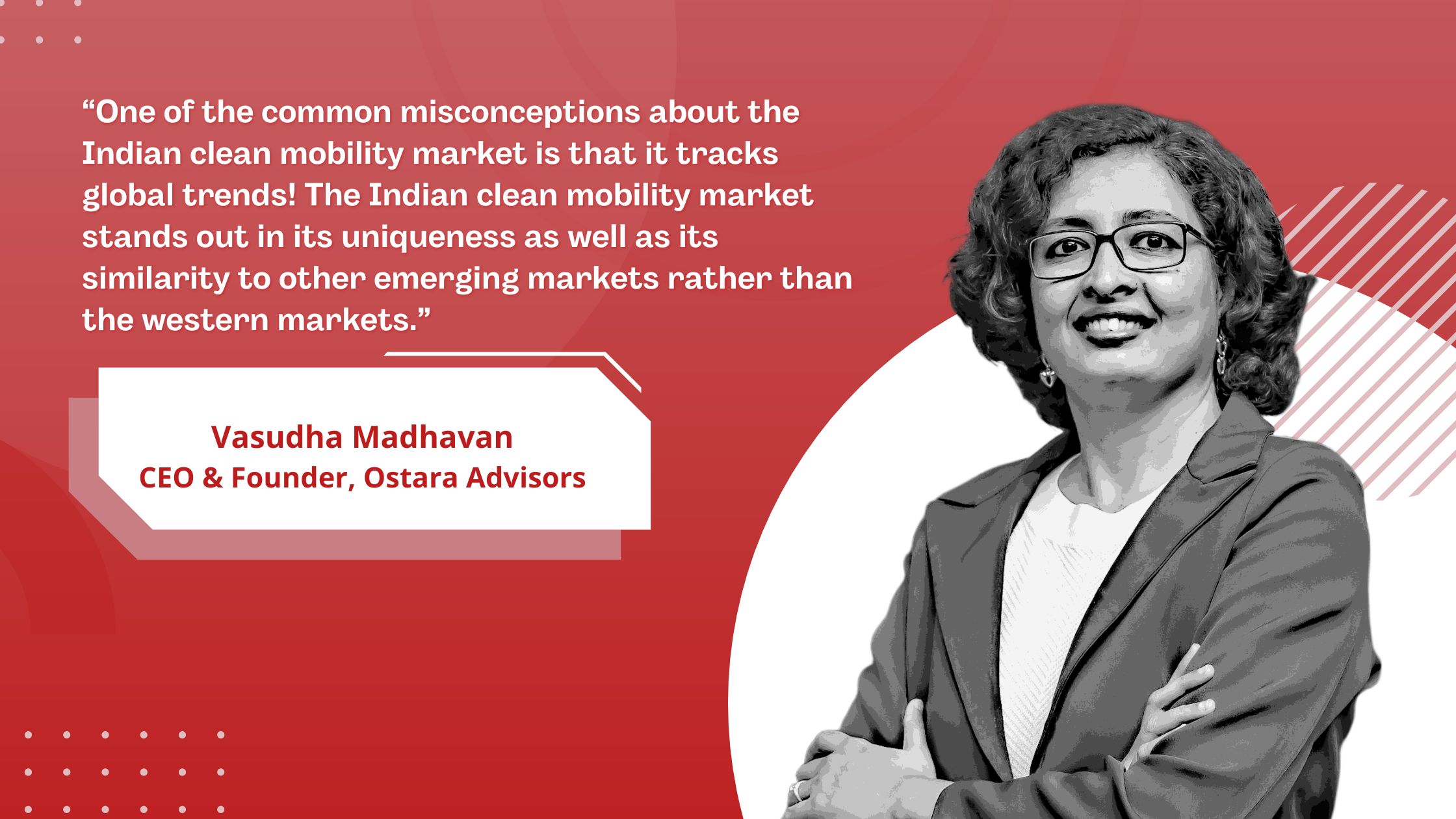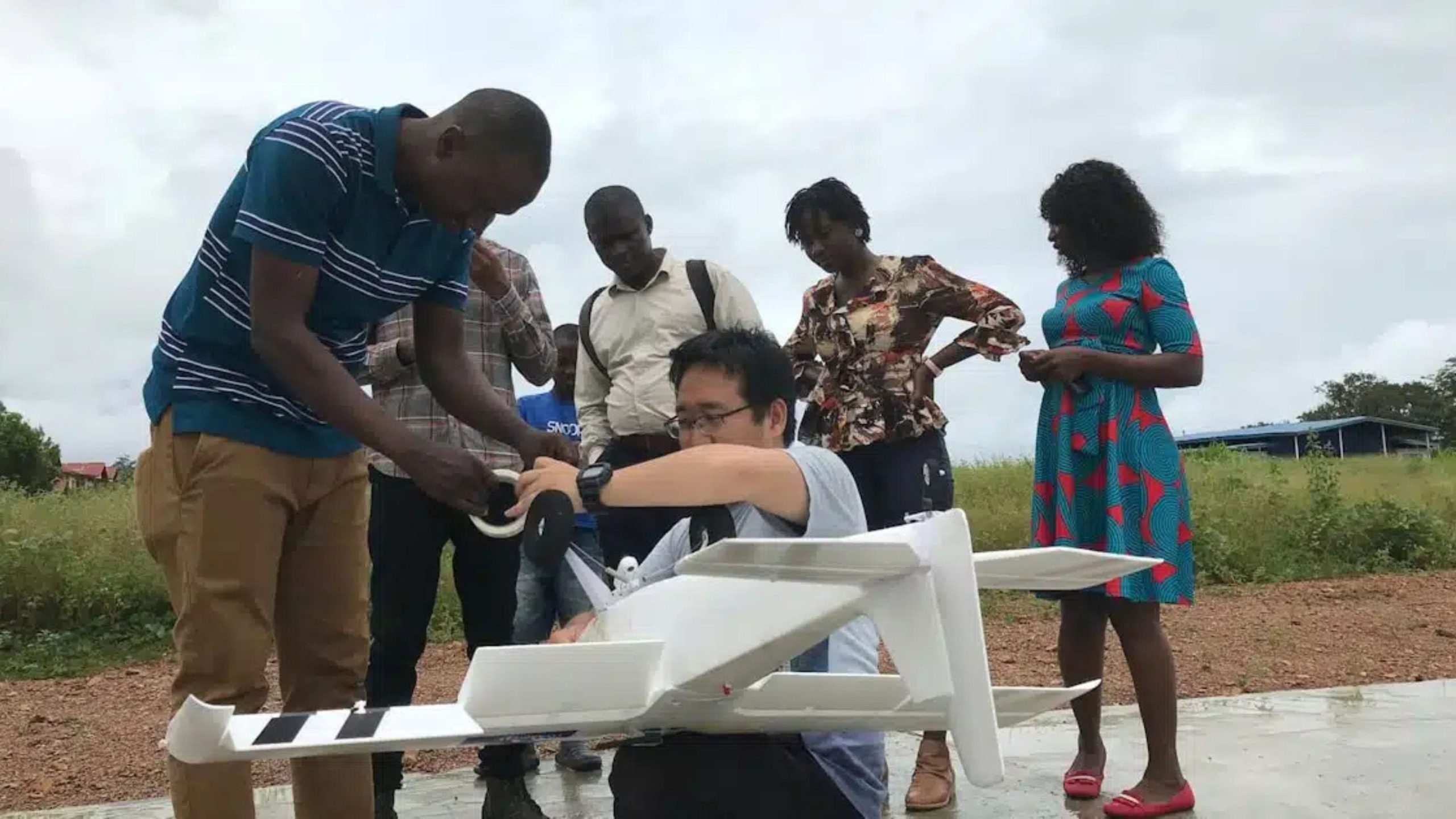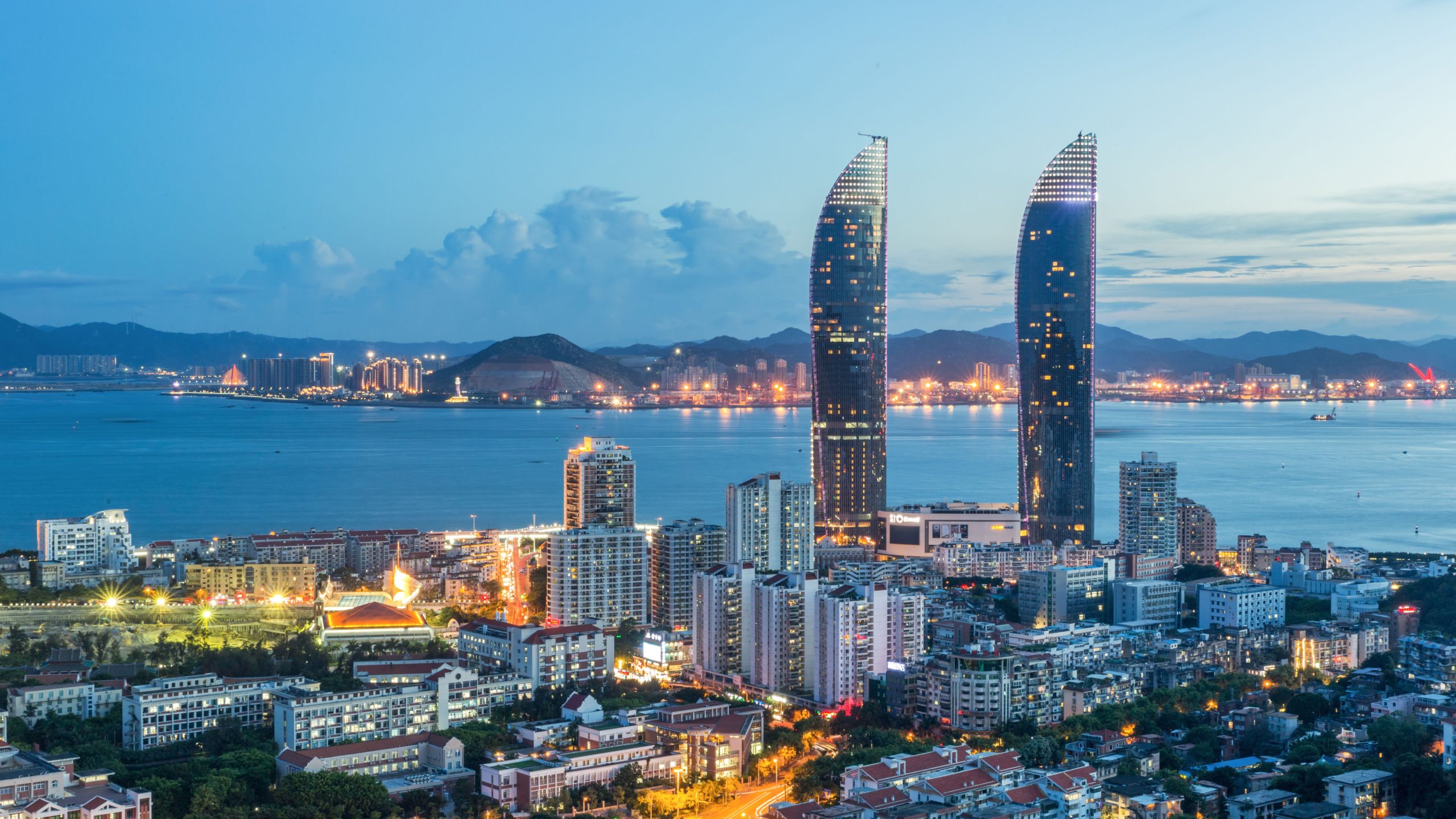AsiaTechDaily – Asia's Leading Tech and Startup Media Platform

Why India’s EV Market Plays by Its Own Rules — Insights from Vasudha Madhavan
Asia’s electric mobility and sustainability sectors are drawing growing attention from both strategic and financial investors. Commercial fleet electrification, battery lifecycle innovation, and charging infrastructure are shaping up as key investment areas—especially in India, where two- and three-wheelers dominate urban mobility and demand for scalable, capital-efficient solutions is rising rapidly.
One deal that illustrates this momentum is Ostara Advisors’ work with Routematic in early 2025. The firm facilitated a $40 million Series C round that brought in Fullerton Carbon Action Fund and Shift4Good — both making their first investments in India. Beyond raising capital, the deal positioned Routematic to drive one of the country’s largest EV fleet transitions. Its route-optimisation platform has already significantly reduced trip counts, emissions, and empty (“dry-run”) mileage, embodying both operational efficiency and environmental impact in one package.
Founded in 2015 and based in Bengaluru, Ostara Advisors specialises in electric mobility and climate-tech transaction advisory. Its founder and CEO, Vasudha Madhavan, spent more than two decades in structured finance, private equity coverage, and corporate banking across ICICI Bank, Citibank, and boutique firms. Her pivot toward EVs began in 2017 with the Greaves Cotton–Ampere Vehicles deal—an experience that revealed a gap in the market and inspired Ostara’s focused mission.
In this conversation with Asia Tech Daily, Vasudha offers her perspective on how investor appetite for climate-tech in India has evolved, what structural challenges remain in scaling infrastructure, and which segments of the EV ecosystem still present untapped opportunity. Expect grounded insights for founders, funders, and anyone watching how policy and capital are shaping India’s green mobility future.
You had a successful career at global banks like Citibank and ICICI. What inspired you to pivot toward electric mobility and start Ostara Advisors?
I spent over a decade in banking: first at ICICI, then at Citibank, working across structured finance, private equity coverage, and corporate banking. It was fast-paced, high-stakes, and gave me a strong foundation in dealmaking and relationship-building.
But in 2017, I stumbled into the world of electric mobility, quite literally. A few conversations with industry leaders turned into an opportunity to work on India’s first electric two-wheeler M&A deal between Greaves Cotton and Ampere Vehicles. That experience opened my eyes to the massive potential in climate-tech and the equally massive gap in specialised transaction advisory services for this space.
That’s what led to Ostara Advisors. We’re now India’s leading boutique investment bank for climate-tech, and we’ve been fortunate to partner with some incredible startups in EVs and sustainability: from Zypp Electric to Routematic. For me, it’s not just about capital but it is about building the ecosystem for a cleaner, more resilient future.
What challenges did you face in the early years while building Ostara in a sector that was still nascent in India? How has the Indian electric mobility and climate-tech landscape evolved since you first entered it in 2017?
When I started Ostara in 2015, climate-tech was barely on the radar. There was limited capital, few dedicated funds, and startups were mostly bootstrapped or relying on small angel cheques. Building a sector-focused advisory firm in that environment wasn’t easy; it felt like we were too early.
Things started to shift after the Greaves-Ampere deal in 2017. That one transaction sparked inbound interest from founders across the ecosystem. It was clear there was a real gap; companies had potential but needed sector-specific support to scale.
Since then, the space has grown fast. Climate-tech is now a priority area, with deeper investor interest, more funding activity, and stronger founder conviction. What felt niche a few years ago is now at the centre of the conversation, and it’s been rewarding to help shape that transition.
Are there any areas in the EV value chain you feel are still underfunded or overlooked by investors?
Ans: While EV OEMs and battery tech get most of the attention, critical areas like component manufacturing, B2B charging infrastructure, battery recycling, and supply chain tech are still underfunded. These segments are essential to building a resilient ecosystem but often get overlooked due to longer gestation cycles and complex models.
We’ve worked to shift investor perception through deep research, market insights, and consistent engagement. It’s also about tapping into global capital pools that understand infrastructure-heavy bets.
Another blind spot is diversity. As a woman in a male-dominated space, I’ve seen the gaps firsthand, and I actively mentor women in the industry. The broader the lens, the better the decisions.
How do you view the role of government policy versus private capital in accelerating the clean energy transition in India?
Both government policy and private capital play crucial, complementary roles in accelerating India’s clean energy transition. Government policy sets the direction through regulations, incentives, and ambitious national targets that de-risk investment and encourage innovation. Meanwhile, private capital brings in the scale, efficiency, and technological expertise needed to implement and expand renewable projects rapidly. Together, they create a virtuous cycle where policy clarity attracts investment, and private sector participation drives cost reductions and widespread adoption—making clean energy not just viable but central to India’s sustainable growth strategy.
You’ve interacted with hundreds of VCs and private equity players. What are some common misconceptions they have about India’s clean mobility market?
One of the common misconceptions about the Indian clean mobility market is that it tracks global trends! The Indian clean mobility market stands out in its uniqueness as well as its similarity to other emerging markets rather than the western markets. Firstly, two- and three-wheelers account for almost 75% of the EV market in India. Also, EVs used as commercial vehicles for logistics or last-mile mobility drive far greater adoption and growth. Even for the EV car segment, cost and value-for-money plays a key role in purchase decisions. Once the Indian consumer gets this value proposition, there is no looking back! Hence, a solution built for India has to factor in local market realities.
As EV adoption rises, are we seeing infrastructure outpace or lag demand in tier 2/3 cities?
In tier 2 and tier 3 cities, EV adoption is steadily growing, driven by rising awareness, state-level incentives, and the increasing availability of affordable electric two- and three-wheelers. However, infrastructure development—particularly public charging networks—is generally lagging behind this demand. While larger cities see faster rollout of charging stations backed by both government and private investment, smaller cities often face challenges such as limited grid capacity, fewer commercial incentives, and slower return on infrastructure investments. However, we now see leading players like JioBP, Adani-Total and other CPOs really leading charging infrastructure development across vast parts of the country.
How are infra-heavy startups (e.g., charging or battery leasing) structuring deals to raise capital without becoming capital-intensive themselves?
Most companies in these space do end up raising a mix of debt and equity to fund their growth ambitions. Low-cost debt from Development Financing Institutions (DFIs) or Energy Transition-focused financing institutions can go a long way in supplementing high-cost equity when investing in critical infrastructure or assets required to grow these businesses.
How do investors evaluate new-age climate tech (AI + clean energy, robotics + recycling, etc.) versus more proven clean mobility models?
I’d say these are two different investment approaches. New age climate-tech that uses AI and robotics, etc, can often have early revenue traction, and sometimes need to prove out their tech at scale. This typically attracted early-stage VCs or innovation-focused Corporate Venture funds. Whereas proven clean mobility businesses may find it easier to attract PE-type investors with a climate thesis.
What advice would you give to founders building in this space — especially when it comes to fundraising or M&A readiness?
The most important point for founders to keep in mind is to build an economically sustainable business, which is de-risked from the customer segment / geographical perspective. Their single-minded focus needs to be on keeping up growth momentum with good unit economics. Leave the fund-raising to us!
Asia is expected to continue its rapid pivot toward electrified transport. Current estimates signal that the Asia-Pacific electric vehicle market is projected to more than double by 2032, growing from roughly USD 245.6 billion in 2024 to some USD 551.5 billion, at a steady CAGR of 10.6% according to Credence Research Inc. In India, electric vehicle sales have already surged to 7.7% of new vehicle registrations, with over 6.5 million EVs on the road as of mid-2025, according to NITI AAYOG. This groundswell isn’t just about cleaner mobility; it signals escalating investor interest and a shift in capital deployment patterns.
Yet, as Vasudha Madhavan highlights, success in this sector hinges less on hype and more on realising efficient, scalable operations. Whether it’s crafting clarity around capital structure, identifying overlooked areas like component manufacturing and charging infrastructure, or bringing global climate capital to domestic innovation, her firm is a facilitator and enabler of real change.
For founders, that means building businesses with strong unit economics and operational robustness and aligning with advisors who understand both the local terrain and international capital dynamics. For investors, it’s a signal that the path to sustainability is paved not just by demand, but by execution partners who can turn ambition into impact.



